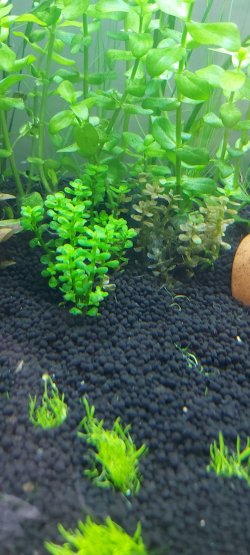Fish food can be used for cycling, the problem with it is that you have no idea how much ammonia it makes, so you have no idea how many bacteria have grown.
The bacterial colonies self regulate in the sense that the numbers are related to the amount of ammonia and nitrite in the water. A lightly stocked tank of fish will make less ammonia than a heavily stocked tank of the same size, so the colonies will be smaller in the lightly stocked tank.
Live plants have an effect as well. Plants take up ammonia as their source of nitrogen and they turn it into protein rather than nitrite. When there are live plants in a tank there are fewer bacteria than in a non-planted tank of the same size with the same fish.
The bacterial colonies self regulate in the sense that the numbers are related to the amount of ammonia and nitrite in the water. A lightly stocked tank of fish will make less ammonia than a heavily stocked tank of the same size, so the colonies will be smaller in the lightly stocked tank.
Live plants have an effect as well. Plants take up ammonia as their source of nitrogen and they turn it into protein rather than nitrite. When there are live plants in a tank there are fewer bacteria than in a non-planted tank of the same size with the same fish.


